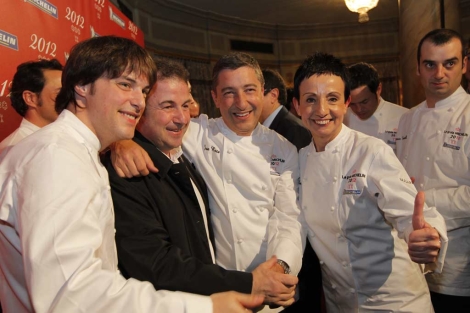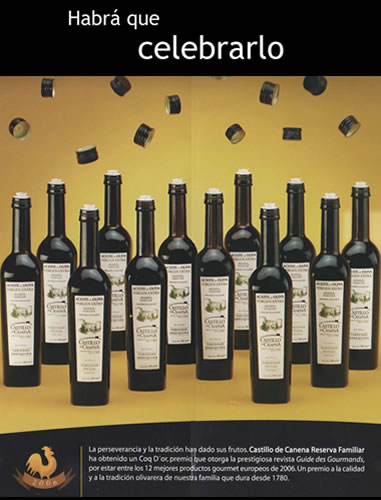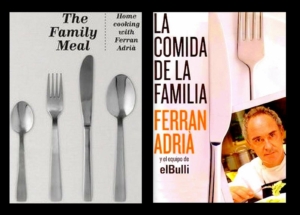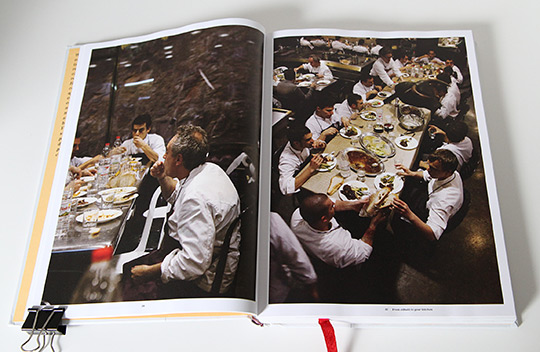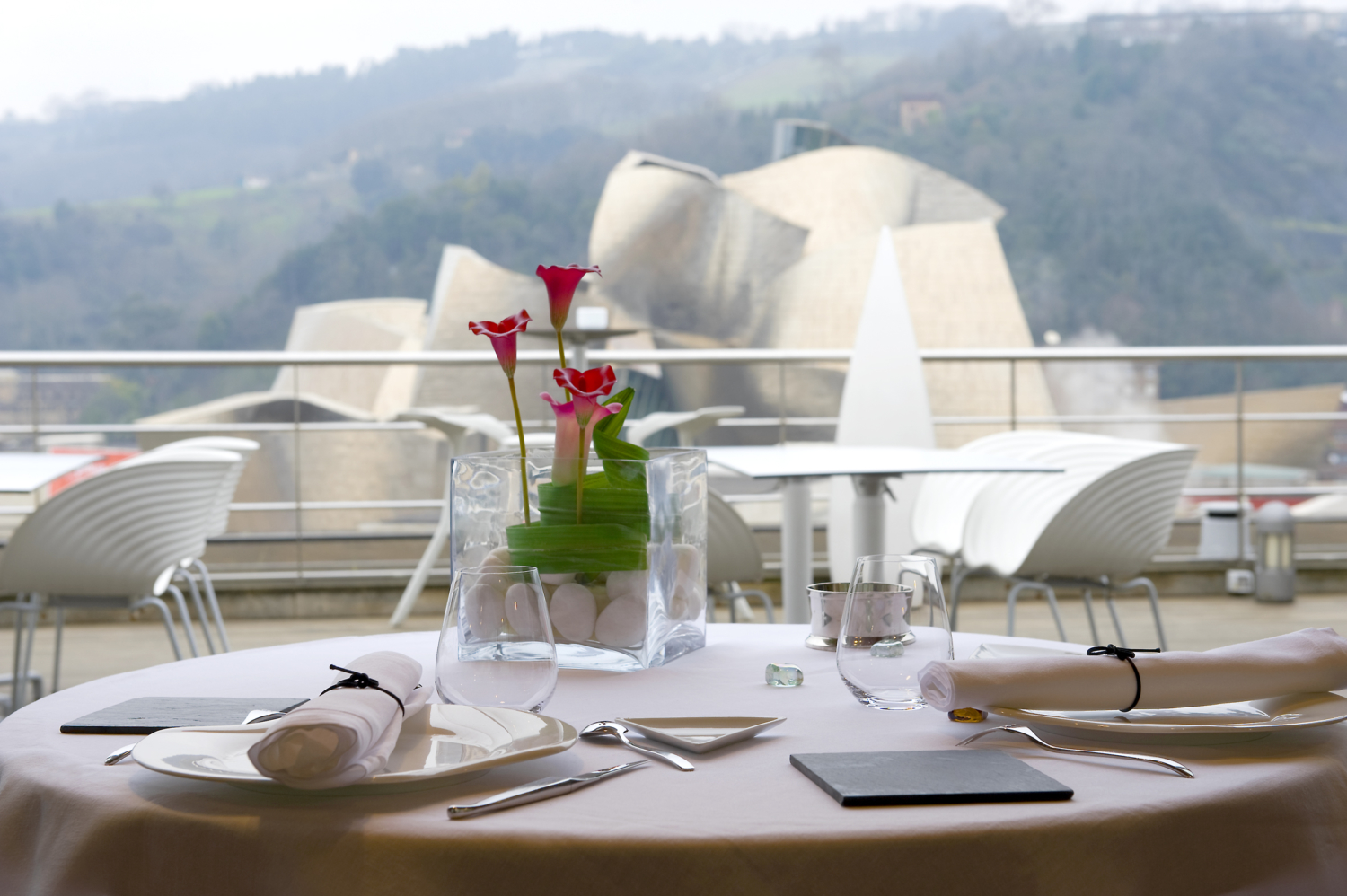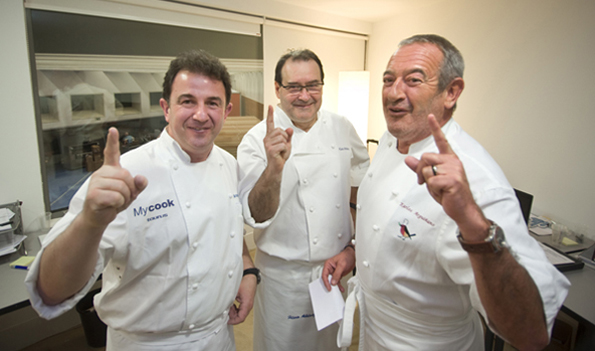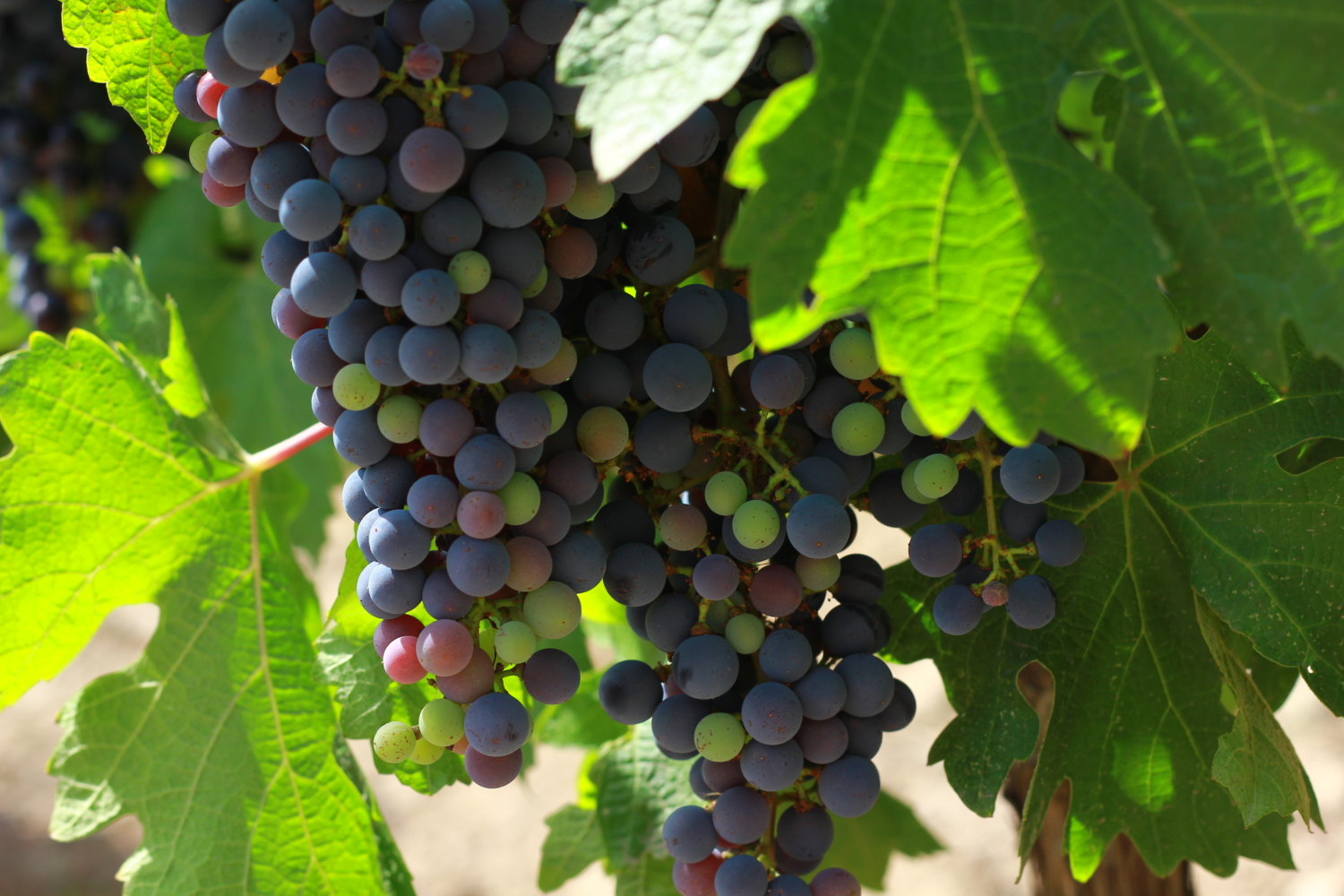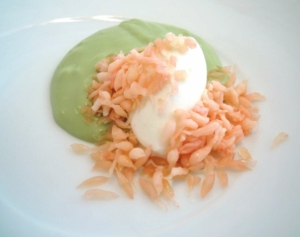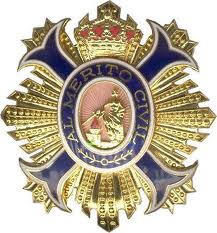 Christmas is really a rather religious time in Spain. It officially begins on December 8, with the feast of the Immaculate Conception, which is celebrated each year in front of the great Gothic cathedral in Seville with a ceremony called Los Seises or the “dance of six”.
Christmas is really a rather religious time in Spain. It officially begins on December 8, with the feast of the Immaculate Conception, which is celebrated each year in front of the great Gothic cathedral in Seville with a ceremony called Los Seises or the “dance of six”.
A very important Christmas symbol in Spain is the Nativity scene, which can be seen in plazas in both cities and small towns throughout the country and which are also displayed prominently in the doorways and entrances of many Spanish homes. In many small towns there may even be a live Nativity scene, with actors and actresses playing the parts of Mary and Joseph and the three wise men as well as live animals.
In Catalonia a very typical character is the “Tío de Nadal”. It is a hollow log, about thirty centimeters long with a broad painted smiling face, enhanced by a little red sock hat and often a three-dimensional nose. Beginning with the Feast of the Immaculate Conception (December 8), the tradition is to give the Tió a little bit to “eat” every night and usually cover him with a little blanket so that he will not be cold at night. On Christmas day the Tió is placed partly into the fireplace and ordered to “poop” presents. To make him “poop”, he is beaten with sticks, whilst the family sing the various songs of Tió de Nadal.
Christmas Eve in Spain, called “Nochebuena”, just like in many parts of the world, is celebrated with two very important traditions, eating an enormous meal and going to Christmas mass. There is a wide variety of typical foods one might expect to find on plates across Spain on this night and each region has its own distinct specialties. Among typical dishes served on Christmas Eve and during the days that follow are roast lamb and suckling pig (typically served in the regions of Castilla León, Castilla la Mancha, and Madrid), turkey or duck (commonly prepared in Andalucía) and an enormous variety of seafood, including shrimp, lobster, crab and various types of fish such as hake, trout, sea bream, sea bass and salmon (common in many regions, but mostly on the coasts). For dessert, there is quite a spread of delicacies, among them are turrón and marzipan, desserts made of honey, egg and almonds that are Arabic in origin, as well as polvorones, delicious almond based biscuits and a variety of nuts and dried fruits. To drink – a glass of cava, the Spanish equivalent of champagne. After the meal, many Spaniards get their second wind and go to midnight mass, known as “La misa del Gallo”, or “Rooster Mass”, named such because the Rooster is known as the first to announce the birth of Christ.
On Christmas day people spend time with their families, they eat another large meal, and children enjoy the gifts that they have received from “Papa Noel”, the Spanish equivalent of Santa Claus. The custom of giving gifts on this date is not as popular as it is in many countries, as Spaniards traditionally wait until Three King’s Day to exchange gifts.
New Year’s Eve, or Nochevieja, in Spain, is quite an impressive spectacle. In all plazas one can see a similar scene that includes church bells and grapes. When the clock strikes 12, the church bells sound 12 times, and at this moment all Spaniards eat 12 grapes, one for each toll of the bell. This lively celebration will go on until the wee hours of the morning.
January 6 – Dia de Los Reyes in Spanish – is virtually as important as Christmas itself in Spain, especially for children, as this is the day when they get their presents! The fun starts the evening before, when the three kings Melchor, Gaspar, and Balthasar lead their procession through the streets, throwing sweets to the children. The next morning, the children wake up to find their presents have been left
Everyone also eats Roscón, a sweet, donut-shaped bread (though much bigger than a donut) covered in glacier cherries and sugar, symbolic of the emeralds and rubies that adorned the robes of the three kings. A plastic toy is buried inside the mixture, so don’t dive in too quickly. He or she who finds the toy gets good luck for the next year (double the luck if they also ate the grapes on New Year’s Eve!)
Merry Christmas from Gourmand Breaks in Spain! If you would like to come to do a private tour around Christmas and New Year then there really is no better place to be for this festive season than Andalusia in our Highlights of Spain Luxury Tour– watch first hand the ceremony of Los Seises from Seville Cathedral or soak up the New Years eve atmosphere in Spain´s capital city, Madrid.

